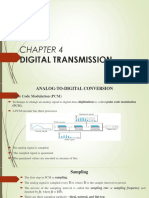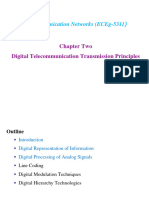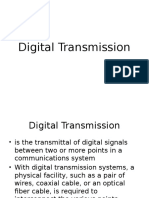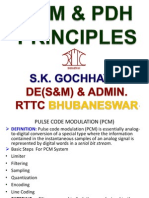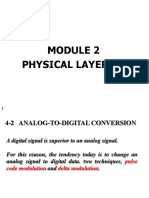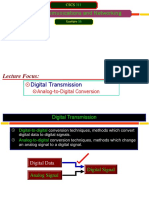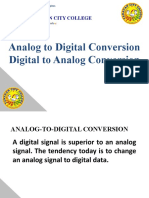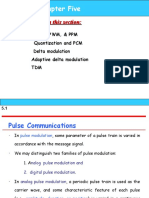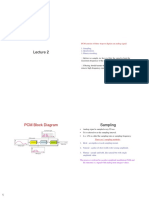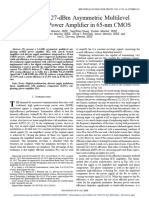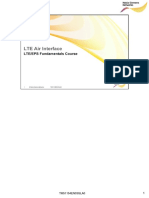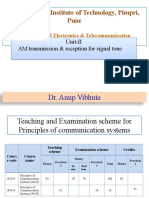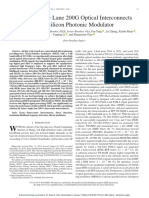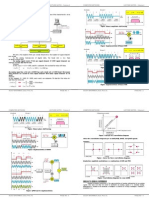0% found this document useful (0 votes)
8 views59 pagesLecture 4a Baseband and Data Formating
Uploaded by
notmausamCopyright
© © All Rights Reserved
We take content rights seriously. If you suspect this is your content, claim it here.
Available Formats
Download as PPTX, PDF, TXT or read online on Scribd
0% found this document useful (0 votes)
8 views59 pagesLecture 4a Baseband and Data Formating
Uploaded by
notmausamCopyright
© © All Rights Reserved
We take content rights seriously. If you suspect this is your content, claim it here.
Available Formats
Download as PPTX, PDF, TXT or read online on Scribd
/ 59




